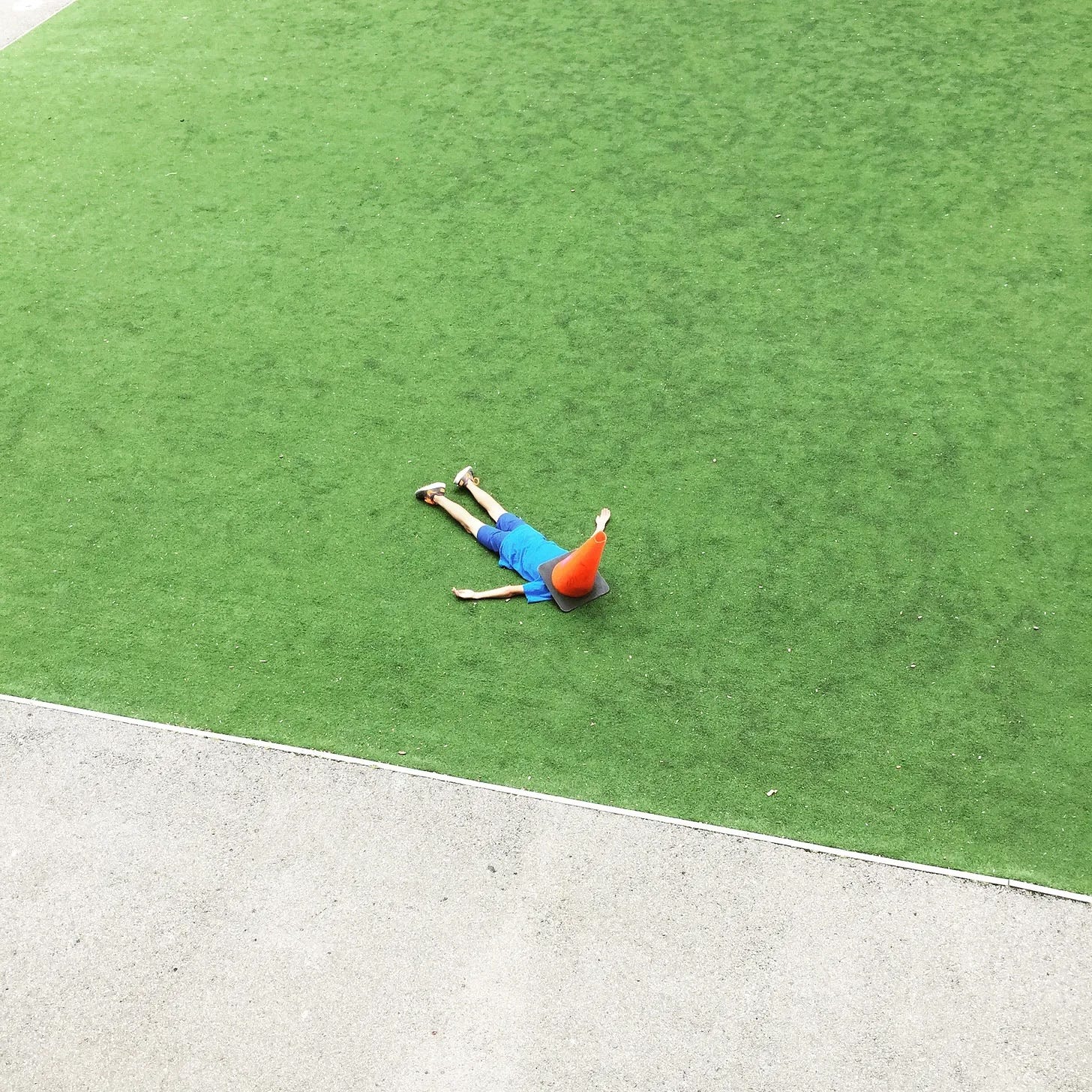The CEO of Duolingo has never taught first period on a Tuesday after a 3-day weekend. He has never sat with a kindergartener, legs crossed, and bunny-eared his way through a 45-minute lesson on how to tie your shoe. He has never taught literally any period after lunch, let alone on a Friday.
If so, he wouldn’t have said this dumbass quote:
“Ultimately, I’m not sure that there’s anything computers can’t really teach you.”
There’s nothing that epitomizes the disconnect between EdTech and Education than that word-garbage. Except maybe something else he said in the same interview:
“I also don’t think schools are going to go away, because you still need childcare.”
To be clear, I love me some good, effective EdTech and am a cautious optimist when it comes to AI transforming education. But without even thinking much about it, I came up with a few different ragey responses to this dude’s view of what teaching is. I’m a chill dude, so my rage is kind of tame, sorry.
Spoiler: it’s relationships.
Also, there is one thing I do wholeheartedly agree with him on. Stay with me.
1. Cool Screen Time Has Been Around
We haven’t been waiting for AI to make screens interesting to kids. In fact, that’s part of the problem schools have been dealing with for many years. Computers are as much distraction machines as they are learning tools. It takes a lot of effort—human effort—to make a student see them as the latter. It’s a constant battle in five-minute increments.
Talk to any teacher, and they will tell you about the wonders of having kids work on a Chromebook, collaborating on a Google Slides presentation, only to see as you walk around that they are looking at the highlights from last night’s NBA playoff game on a website that isn’t blocked yet.
AI ain’t changing that.
More so, fun and engaging adaptive learning activities have been around. IXL has been making phonics and math fun and challenging for a long, long time. The thing is, kids don’t actively engage with learning and struggling and deep thinking when they’re only clicking their way through lessons. There’s some learning and reinforcement there, for sure, but it’s not the bulk of it.
They need to work with their hands and argue with their friends about whose idea makes it in the presentation. They need to think about the question on the board and know that they can’t blindly click their way to an answer. More than anything, they need adults around them to encourage them through those activities.
Learning is inherently hard, and students inherently don’t like to do hard things. Fun screens don’t change that.
2. Content is Not The Issue
At the height of the Pandemic, access to content was not the issue. Engaging kids was. I guarantee you AI would have made no difference.
Computers were home with students. The internet worked just fine. Lesson plans were sent, as were a million other resources families could use to help kids learn Chapter 8, Lesson 11. Still, we are recovering from a learning gap accrued during that time not because we had no resources for students to learn from but because learning didn’t really happen all that much in spite of access to content.
Without the social aspect, kids will be kids and do the next thing that catches their attention. Parents felt that deeply, as did the world for a hot minute.

Students respond differently to teachers than they do to their parents. They act differently around their siblings than they do their friends.
In school, those relationships are integral to learning. They inform students’ schema regarding what learning is. That is why it’s so easy to catch a middle schooler checking out a website they’re not supposed to be on—they can’t help but show their friend sitting next to them.
And they’re not the only ones.
We adults don’t know how to manage our own screens, either. We all could be spending whatever free time we have learning how to do something we’re interested in. And, many of us do, to be fair. But, we are also guilty of making 15 minutes disappear by scrolling on our phones just as much as teenagers are.
If AI is so engaging, why aren’t all the adults with fully-formed frontal lobes just learning all the time and saving the planet?
We’ve had access to content for decades. It’s the people that make learning an activity worth engaging in.
3. School is Relationships before Anything Else
So if cool screens and endless content are not the issue, what gives? No, CEO dude, it’s not because we’re waiting for AI to come save every lesson.
School is relationships.
It’s a big, fat adventure in learning how you learn, in figuring out how that jives with the person to your right and how it very much doesn’t jive with the person to your left. It’s understanding yourself more deeply, understanding how the world works just a bit more, and figuring out how to deal with the high highs and inevitably low lows that come with moving through this world.
That is damn hard.
Computers can’t make that easier. What makes it easier is a group of adults who take time to get to know students, who help them make those connections, who demonstrate what trust looks like so that when students hit those inevitable lows, they have someone to turn to while they are learning how to rely on themselves.
At the end of every year, teachers are exhausted not because the content is a challenge, but making it interesting to students is while also managing their student-ness. The way you do that is by learning who students are and making them feel seen, heard, and understood. That requires thousands of micro-decisions each and everyday rooted in EQ rather than standardized scores.
End-of-year exhaustion is a reflection of love, of understanding, of connection.
If you think your app can do all that, you should sub for one day at the school down the street. Any Friday in May works just fine.
We Do Agree on Time
“I don’t think you’ll see a change where next year everybody’s learning is completely different,” he said. When it comes to most education, “it’s like government—it’s just slow.”
It’s not like government. Education is government. That’s the very reason why change is and has been so slow. School boards elect and fire superintendents, which happens much more often these days and makes lasting change that much more challenging. They approve or reject proposals and how funds are spent by those superintendents. Those funds are largely determined by local and state policies and, therefore, politics.
The fact that he doesn’t know that is telling.
AI has been on the scene for two and a half years, and we are still struggling to figure out where and how it fits in schools. That should tell you a whole bunch about how complicated teaching, learning, and the industry of education are.
More broadly, ask any teacher or administrator if school today is what it should be, and they will say no. They will also tell you that it has been that way for a long, long time. They will point to a long list of reasons why things don’t change, all of which are out of their control, and they will go on doing the best they can. As they have been each and everyday.
I know that because I ask them as part of my job leading change in schools at Learner-Centered Collaborative.
Change in schools happens one conversation at a time. It requires so many people coming together to agree on something, anything and doing that year over year amidst vast turnover. That, in and of itself, is complicated. Throw in some company profits, local and state politics, and the national political landscape, and no wonder that broad educational paradigm shift is slow coming.
Oh yeah, and because we have different ideas of what that shift should look like. I vote relationships and productive struggle.





Yes. I have watched good teachers completely change the life of my child--and it wasn't the content (though the content was integrated). It was love, which is to say that it was being really seen by another human being who just kept showing up for the kid. Even writing this, my eyes fill with tears thinking about it.
AI cannot replace the relationship aspect of learning.